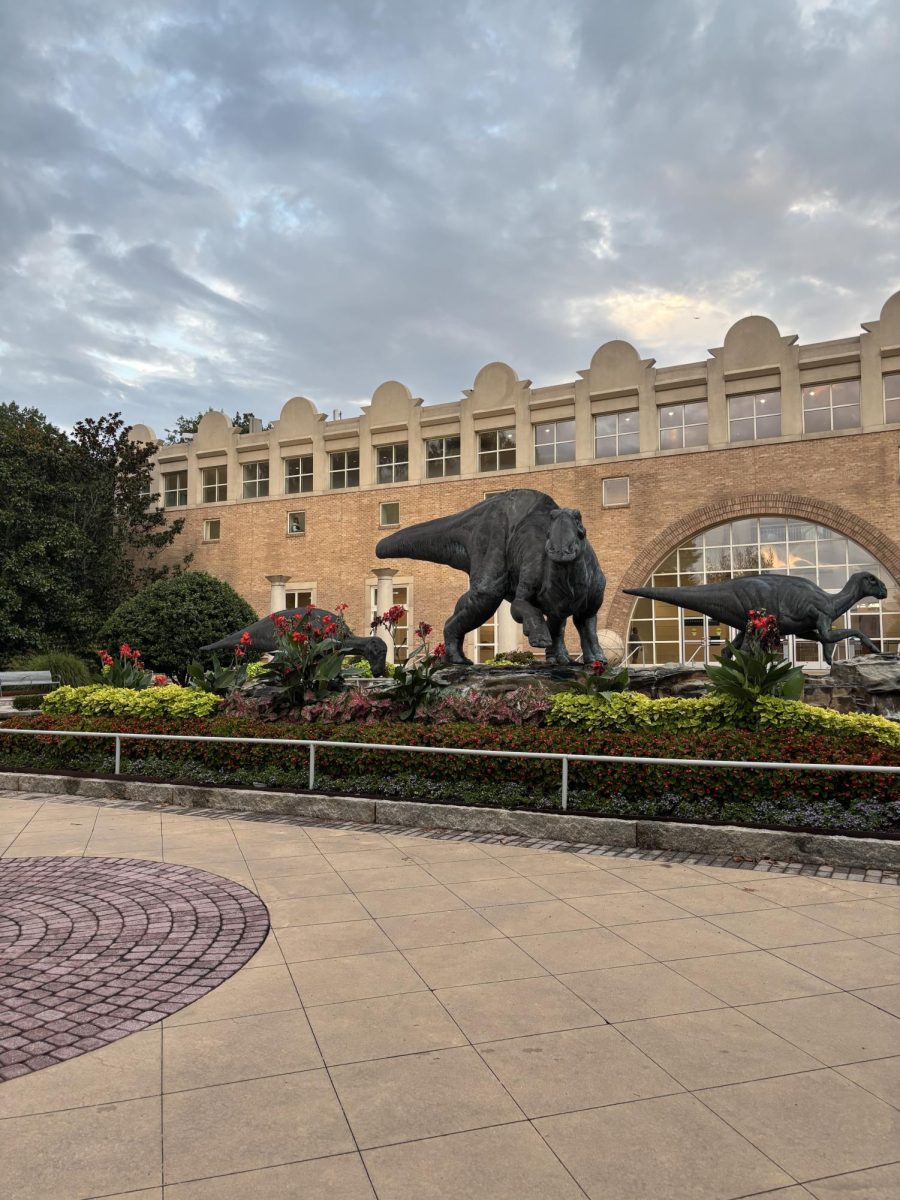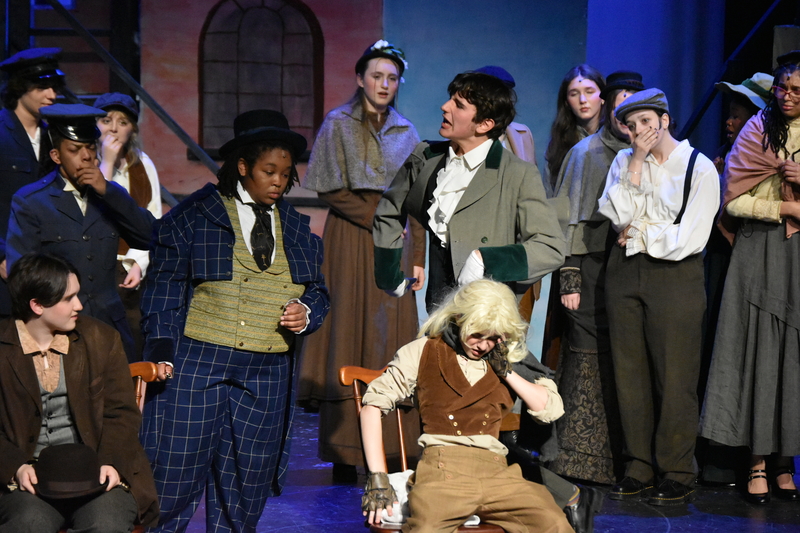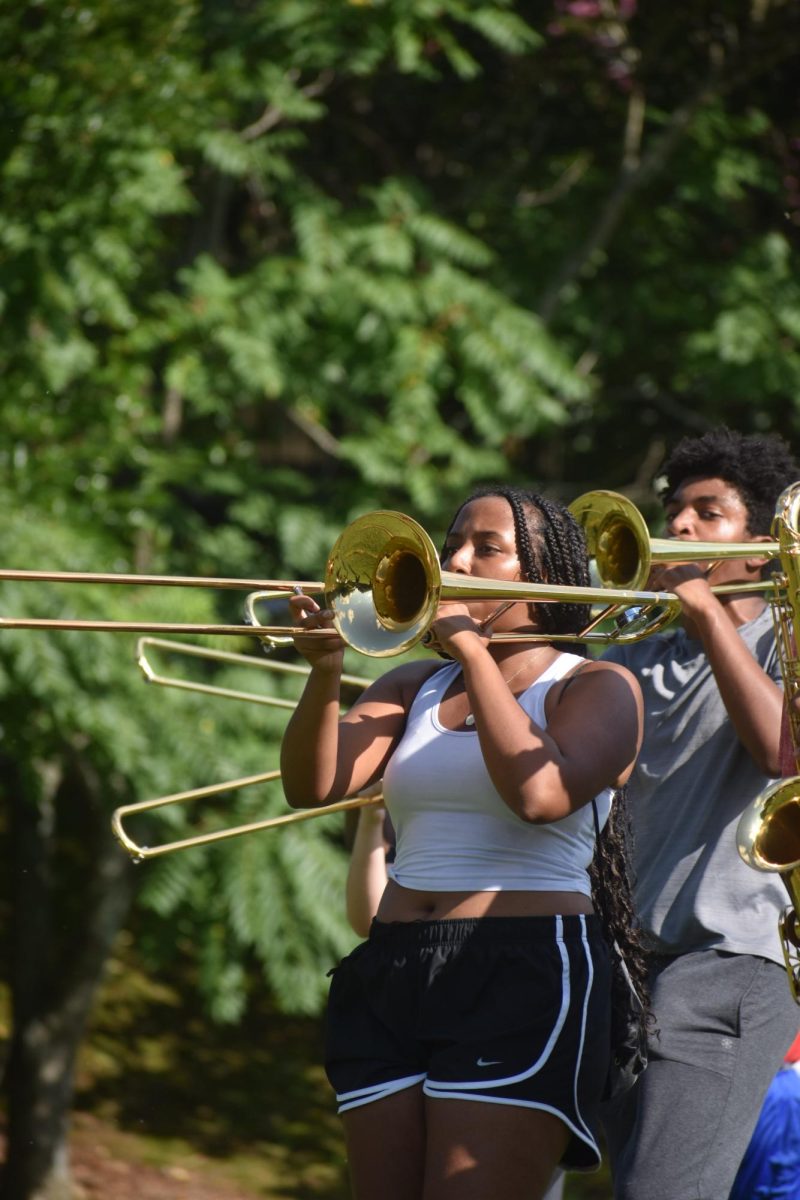Wherever ice cream shops, theaters, department stores or play- grounds were sites of social division, Gordon Parks raised his camera.
His Segregation Story, a powerful photo essay on exhibit at the High Museum until June 21, displays the daily lives of an African-American family living in Alabama during the 1950s and 1960s. Despite their historical significance, many of the im- ages are on public display for the first time. The exhibit, which begins with a series of images taken in Shady Grove, Ala. in the 1960s, documents the town’s cultural climate through intimate images of domestic life.
In contrast to many of his con- temporaries, Parks shot his images in full color. No riots, protests, boycotts or other blatant struggles for equality find their way into his essay. His scenes of normality are far more complex than many of the now famous Civil Rights photographs. Parks’ photographs seem dangerous: he depicts the ugly side of 1950s southern life. Like the eye of a hurricane, his essay is both peaceful and unsettling.
He shows the viewer a sometimes forgotten side of the Civil Rights era: surrounded by a now-familiar storm of social change, life in Shady Ala. continued on.
In one of the opening images, Willie Causey, Jr., with Gun During Violence in Alabama, a young man cradles a rifle. Willie, who was probably no older than 19 when the image was taken, is aged beyond his years. In the background, his young siblings sit upon a faded ticking bed- spread, finishing their homework. Willie’s contemplative gaze, fixated on the gun, is out of place amongst his torn jeans and tipped-back chair. The violence in Alabama has permeated Willie’s home, but only slightly: his siblings seem oblivious to the rifle and Willie’s possible involvement.
Ondria Tanner and her grand- mother window shopping, a photo- graph shot in Mobile, Ala., is one of Parks’ best. He captured Tanner and her grandmother standing on the outside looking into a display of childrens’ clothing at a department store. The glass has a glare, and though the image looks remarkably natural, it is unsettling. Each of the mannequins on display has porcelain skin and either tawny or flaxen hair. They stand, smiling waxily, with their feet screwed into tall pedestals. Parks frames the scene so that Tanner and her grandmother’s innocent shop- ping trip becomes something more sinister. His masterful eye displays a lesser-publicized form of segrega- tion. Tanner and her grandmother, surrounded by pale-skinned manne- quins, can’t see any images of them- selves on their shopping trip.
In another photograph taken in Shady Grove, a boy wearing a red straw hat stares into the camera. If taken out of historical context, the image appears a lighthearted depic- tion of childhood: the boy’s eyes seem to beg the viewer to let him play outside. His slightly ridiculous strawberry-colored hat makes the image almost comical—and yet the boy is unmistakably shabby. It is im- possible to separate Parks’ serene im- ages from ugly connotations. There is simply too much historical weight.
And it is this fusion of the two that makes Parks’ photographs so power- ful. Scenes of brutish separation in- termingle with the mundane. Parks uses seemingly innocent scenes— children flocking a car, a mother shopping with her daughter, a gaggle of children on a playground—to ex- pose the racial tension that defined the era. Parks’ serenely disquieting images depict a pivotal point in our history by exposing the everyday re- alities of those oppressed. They drift into the mind like rainclouds—while the full succession of photographs is stormy, the surface of each individ- ual image is calm. Parks’ compelling photo essay is a must-see.






